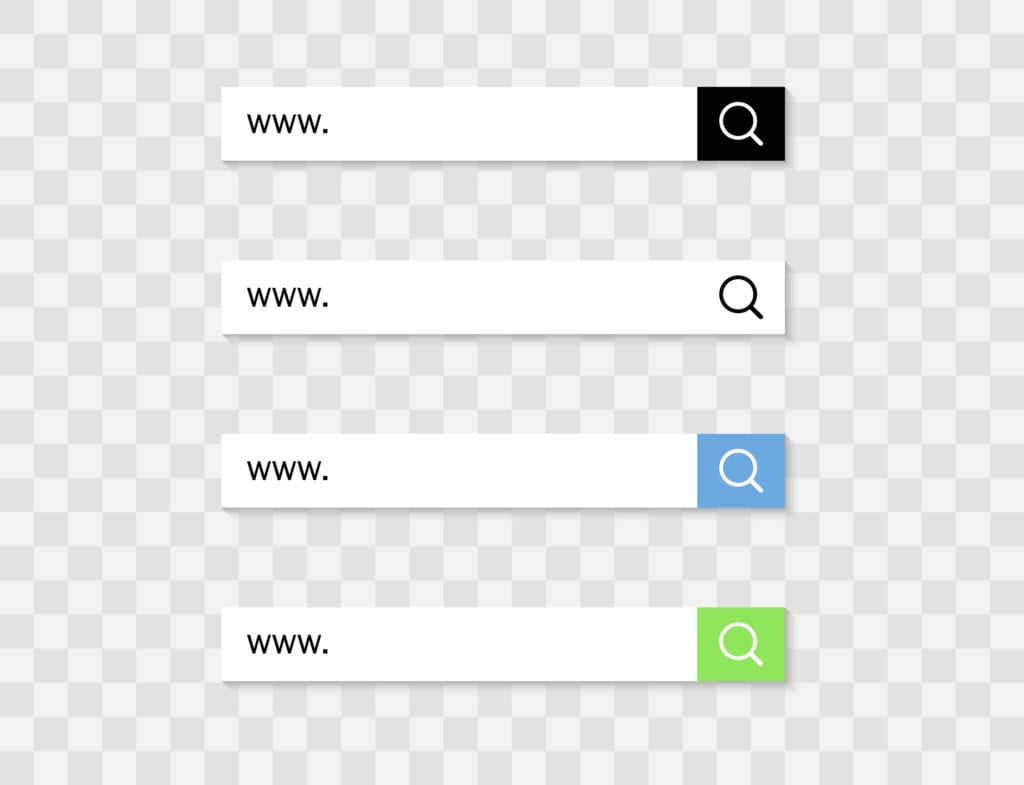The 4 W’s of Search Relevance and Social Engagement
By: Hayley Jennings
May 10, 2018
Any time you search on Google, more than half of the returned results are links to social profiles. That’s why when you’re trying to increase your brand’s search relevancy online, you should focus your efforts on your social channels as well as your owned sites.
Engagement comes down to making sure you’re targeting the correct audience on social by asking those questions we all know and love: who, what, where and how? Jon Chang, head of U.S. growth at Klarna, shared some tips and tricks for improving SEO via the 4 W’s with The Social Shake-Up below.
What
Social media algorithms are made up of affinity, which refers to the relationship of one topic to another. What this really means is that social media is optimized for shares above all else. So, your first step is to create engaging content that fits in with both brand goals and user goals, and that will encourage your users to share. Chang said that consistently posting engaging content will allow social media sites to trust you as the primary purveyor of content about your company or product, and Google then translates that trust into higher ranking in its search results.
Finally, make sure any posts or images on your social channels and your website are categorized and keyworded properly to boost SEO. The categories and keywords that will bring you the best ROI will fall at the intersection of your company’s product categories, content topics and user interests.
Who
All social media marketers are obligated to listen to and converse with your audience, and to deliver delightful experiences for them, Chang said. Use native analytics platforms on your social channels to find conversations your users are already having about what they want to see from your brand, and also consider asking them directly on social or creating focus groups if necessary. Also, keep in mind that the demographics of your audience will influence the type of content that will resonate with them.
Chang’s former company Kickstarter, for example, depended on its audience’s ability and willingness to donate money to the campaigns on its site, so their target audience will likely have a higher amount of disposable income. Chang also explained the importance of domain authority—a numerical score that a search engine assigns website links based on three signals: the quantity of pages on the website, the age of the website and the amount of engagement the website receives. Sites that receive higher scores are those that can show a steady or increasing level of engagement over time, and therefore are trusted more by the search engine. Here, it’s best to be consistent with your content and post schedule. When it comes down to optimizing your content for your target audience, it’s best to look at it like the segments of a wedding cake (moving from smallest to largest):
- How your audience views and shares content—your placements and what devices your users are on
- Why they are engaging with your content—your core audience’s behavior and psychographic trends
- Who they are—the demographic and geographic stats of your target audience
Where
When determining which social platforms will help you increase your relevancy on search engines, think about platforms on a spectrum from discovery (like Snapchat) to search (like Pinterest). Obviously the most popular platforms for brands—Facebook, Instagram and Twitter—fall somewhere in between, and you will need engagement for your content because it is not fully searchable.
Don’t forget about content in which you can actively engage with your audience, Chang said, like an AMA (“Ask Me Anything”). These commonly happen on Reddit, which many marketers shy away from but can provide you with authentic, keyword-rich conversations. Twitter’s new white-listing feature—in which a user can temporarily post through another person’s account—is also a great place for a takeover by an influencer for an AMA. Live video is one of the best, vibrant placements out there, because of its low cost and high engagement.
How
As Jonathan Perelman, formerly of BuzzFeed, famously said, “Content is king and distribution is queen, and she wears the pants.” Chang took that aphorism a step further by explaining that context is the combination of content and distribution. Viral content, for example, must have been valuable for users to share it so widely. Social media virality can be expressed as mass times velocity. Again, aim for consistent content that can be shared over time.
Chang also stressed the importance of what he calls sweat equity. When looking for a community manager at his former company, Chang said he looks for someone who is “always on”—someone who will put in the work at all times to make sure that premier content is being shared among the target audience. Don’t forget to give your employees incentives to share content about the company on social media. Lastly, automate where you can, especially when you’re looking to retarget audiences who’ve engaged with content on specific themes.


